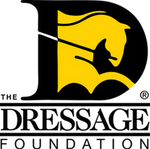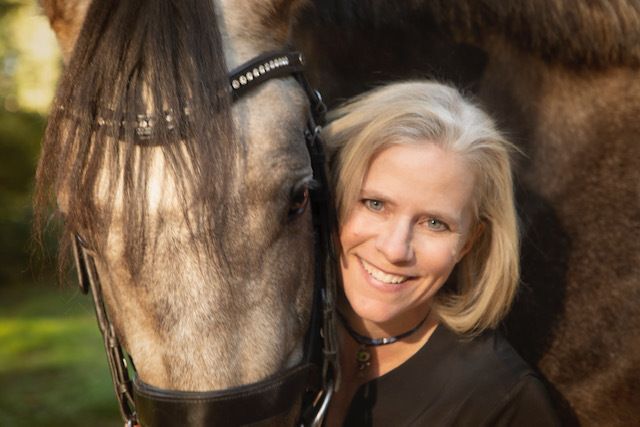
Jen's Day 1 Journal:
Morning at TyL Dressage with Kylee McVaney Lourie, Adrienne Lyle, Katie Duerrhammer, Betsy Juliano, Debbie McDonald, Quinn Iverson & Christian Simonson:
- The program you choose to be in matters. Character matters. Surround yourself with people on the same “road” you are.
- You should be able to adjust the stride within any shape and movement.
- Help a horse with a natural talent for passage stay active by playing with tempo and then playing with cadence. Then tempo. Then cadence.
- Teach what comes easy for the horse before you focus on what’s hard. You can work on balance in the trot to improve the canter.
- Influence different parts of the horse’s body in order to fine-tune where you want the neck.
- Problems in the flying changes call out underlying issues. Break things down. Go back to walk-halt-walk. Walk-canter-walk. Mental calmness is number one.
- Anxiety about flying changes on the diagonal is hard to fix. Ask for changes on the diagonal only after the horse can do them everywhere else.
- Keep your own center on a young horse - don’t try to capture theirs.
- Choose a horse based on what you have an affinity for producing, what you enjoy, and what you do well. The qualities that make a horse good for someone else may not be suitable for you.
- Be open-minded.
- The horses that need to learn to get to “play on the podiums”. Lay the foundation with the groundwork first.
- Taking a step back is not admitting defeat, it’s building a foundation of understanding.
- Be clear about what your long-term, the overarching goal is. Make decisions all along the way that are in alignment with that goal. (Going to the European young horse championships may not be in alignment with developing a horse for Grand Prix.)
- Advocate for your horse no matter what. Trust your gut when know something’s not right.
Afternoon Long lining with Kathy Connelly (& Gianna Avery!):
- Long lining is not essential but it is a gift to your life if you choose to learn it.
- Horses are more tactile and perceptive than people. We want to be the home they feel safe in.
- Long lining takes the struggle out of the half-halt, collection, & the piaffe.
- Hard eyes see detail. Soft eyes see everything else.
- We want the parasympathetic nervous system to be activated for optimal relaxation and receptivity in the horse.
- Long lining helps develop trust and appreciation between horse and rider because they can see each other.
- Long lining cultivates a partnership that is invaluable and makes your horsemanship better.
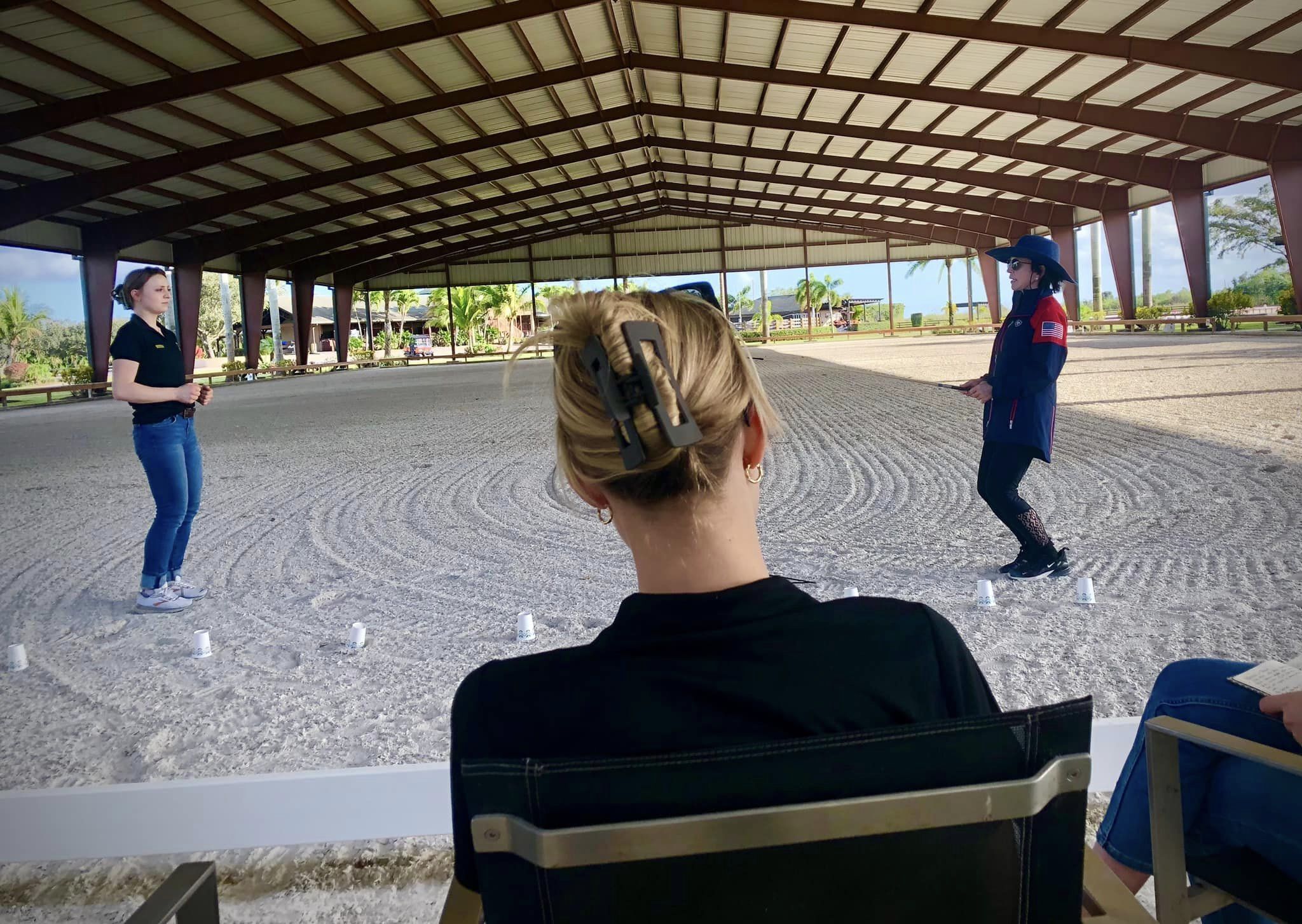
Long Lining demo with Kathy Connelly
Jen’s Day Two Journal:
With JJ Tate at Poinciana Farm
- Make an ok horse good, a good horse great, a great horse fantastic, and a fantastic horse number one.
- Focus on the three Fs: Free, Forward, Flowing
- As riders, we don’t “put the horse on the bit.” We create a situation that inspires the horse to put himself on the bit.
- Every day is an opportunity to increase the horse’s vocabulary in three areas: the stride, the frame, and the bend. Can you adjust the dial in these three aspects every ride?
- Forward is a state of mind.
- Don’t ride for a ten every day- keep putting money in the bank so you have a reserve for competition.
- I want the horse to feel my seat bones in their mouth.
- When you live and ride with integrity, you never know when opportunities will show up.
- Develop your skills, don’t rely on luck.
- Veterinary work is essential. It’s also important to ask questions about how our training can improve things for the horses. We are their personal trainers and physical therapists.
- Horses are “right hinded” or “left hinded."
- Be the athlete your horse needs you to be.
- Love for the horse is a way of life.
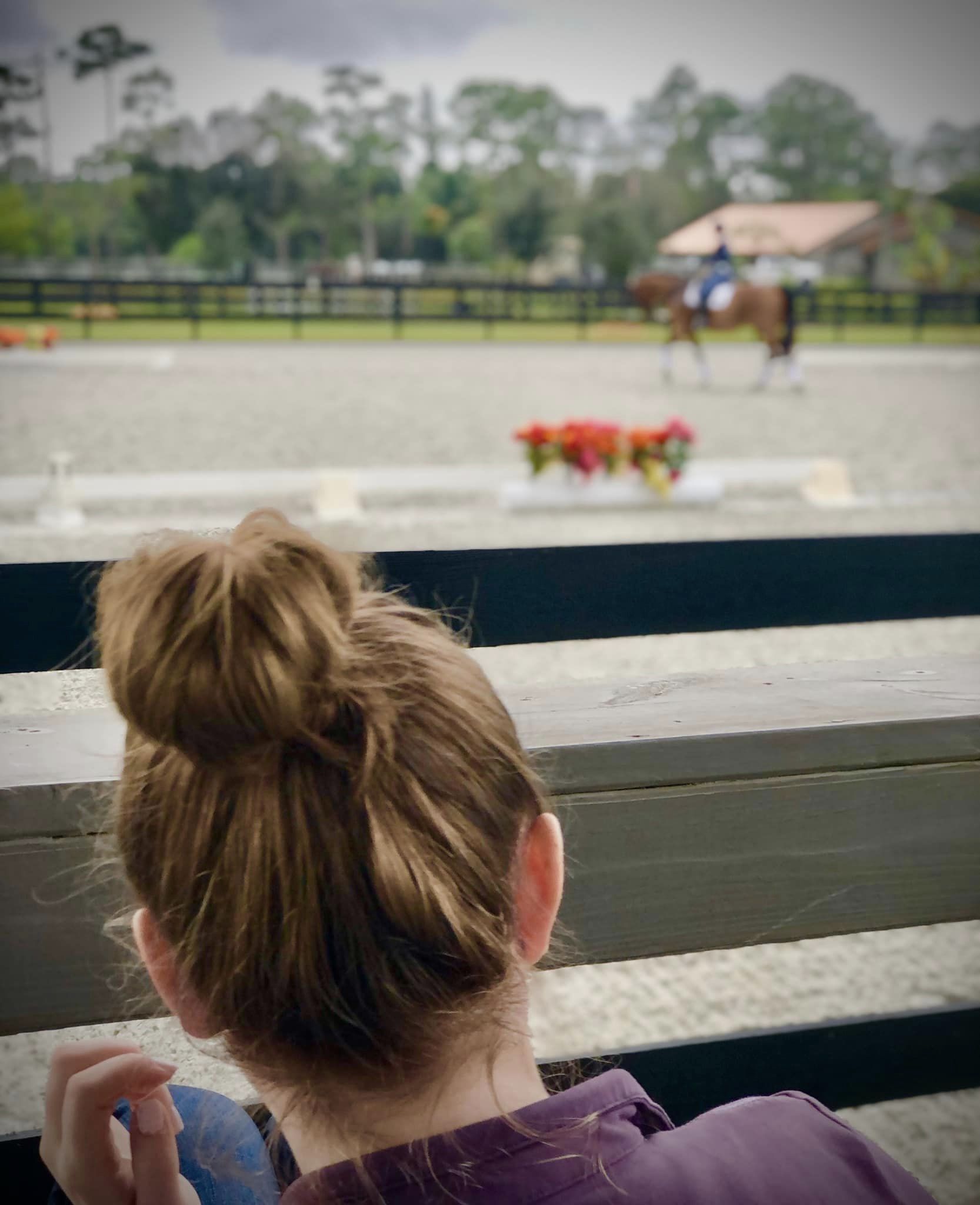
Learning from JJ Tate
Jen’s Day Four Journal:
With Jennifer Williams
- Ride for a happy seven rather than go for an eight to get a four.
- You want to feel the energy cycle through the hind legs out to your hand.
- Every corner is a test. Can I bring the horse back and have the hind legs keep going? Can I release and have the energy go out to my hand? Repeat. Repeat. Repeat.
- Confidence and relaxation come from understanding. When the horse knows what you expect, they become a willing partner.
- It’s the space between go and whoa that we need to play with and work on.
- Let the horse make mistakes and correct them until they understand the expectation- that they stay active on their own. This is where self-carriage lives.
- Hands forward.
- Expect the same answers on the ground that you want when you’re in the saddle. Your ride starts coming out of the stall.
- Ride through your test in the walk. Visualize every movement and every moment of preparation. You’ve just given your horse a great warmup and given yourself time to mentally prepare.
- When you know the weekly routine that works for your horses, don’t let other people convince you to change it.
- There is a lot of power in proximity - having people around you who support you is really important.
- Find trainers who push you and challenge you but also support your philosophy and way of riding.
- Build trust by being accountable and reliable - all the time, over time.
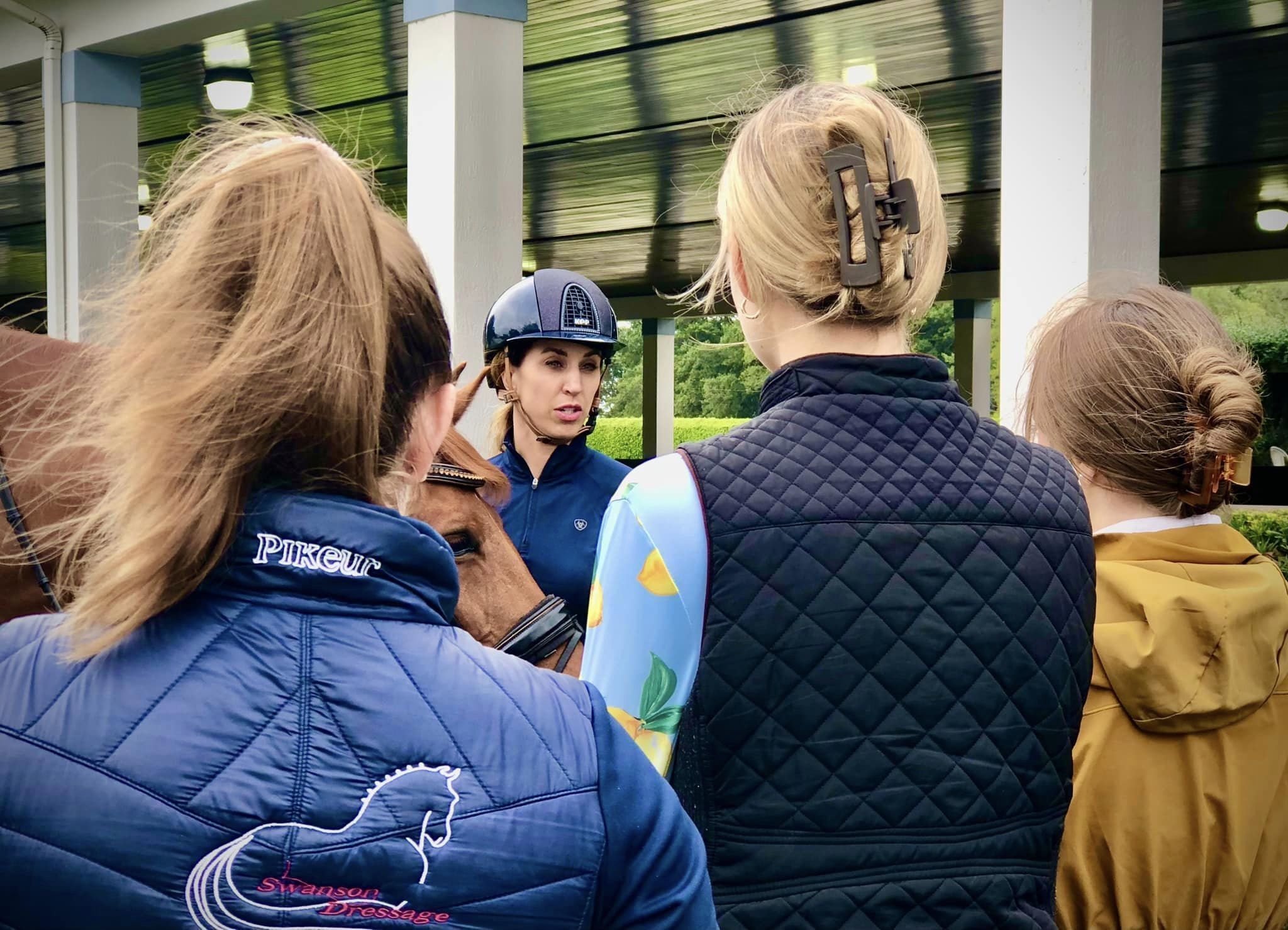
Speaking with Jennifer Williams
